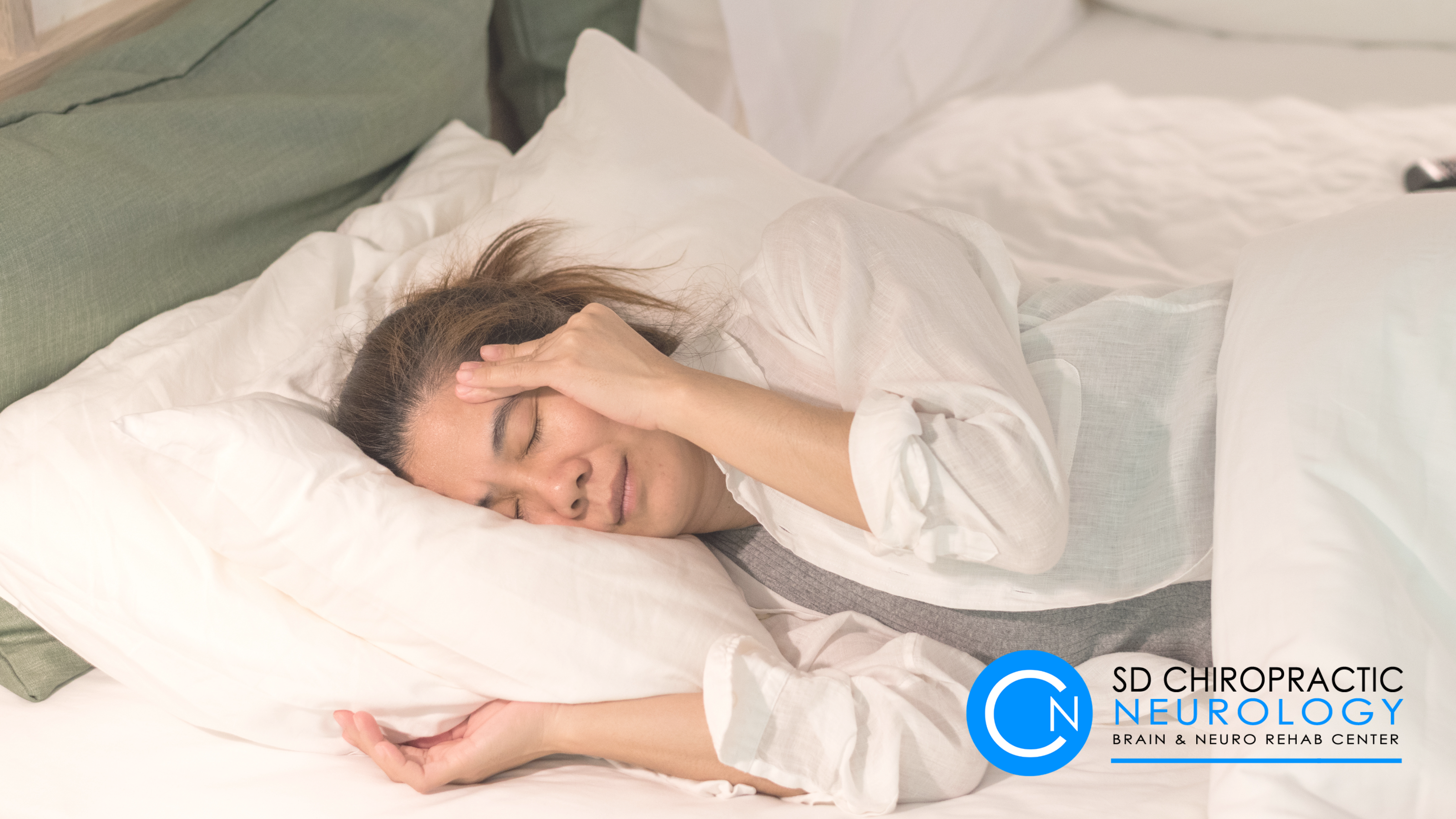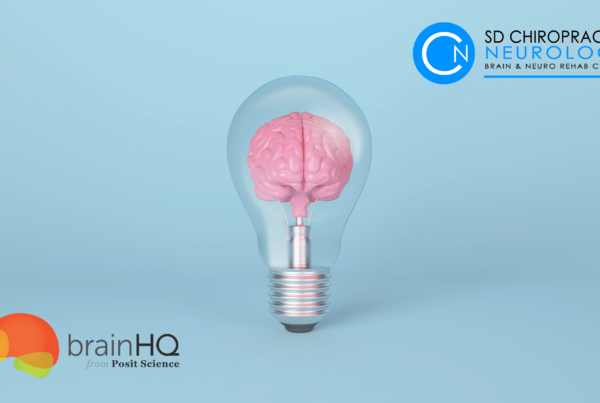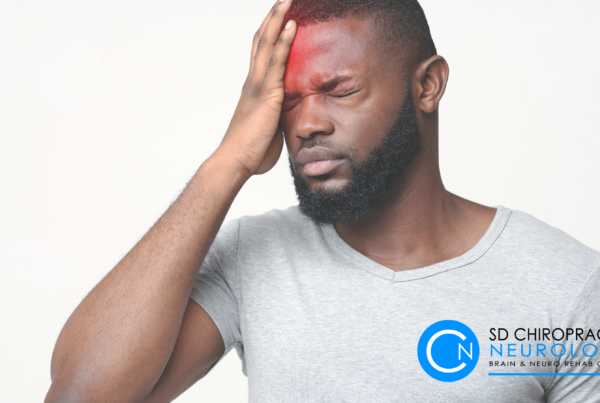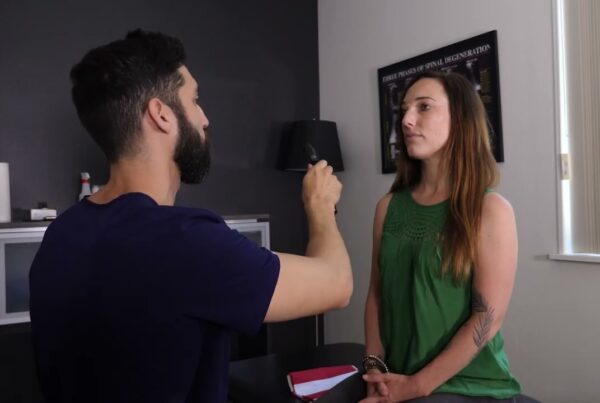
Concussions are a type of traumatic brain injury that can result from a blow, jolt, or bump to the head, and being able to do testing at home can be key in recovery. They are common in sports, accidents, and everyday falls. Identifying a concussion early is crucial for proper management and recovery. While a medical professional should always be consulted for accurate diagnosis and treatment, there are some initial tests you can perform at home to assess the possibility of a concussion. In this blog, we’ll provide you with a comprehensive guide on how to test for concussions at home.
- Understand the Symptoms: Before diving into testing, it’s important to recognize the symptoms of a concussion. These can include headaches, dizziness, confusion, nausea, sensitivity to light or noise, memory problems, and changes in mood or behavior.
- Immediate Response: If someone has just experienced a head injury, follow these steps immediately:
- Ensure their safety and remove them from any dangerous situations.
- Encourage them to rest and avoid any activities that could worsen the injury.
- Observe for any signs of more severe brain injury, such as loss of consciousness, persistent vomiting, or unequal pupils.
- The Glasgow Coma Scale (GCS): The Glasgow Coma Scale is a widely used tool to assess a person’s level of consciousness after a head injury. It evaluates eye, verbal, and motor responses. However, it’s essential to note that this test might require some medical knowledge to be accurately administered.
- Cognitive Assessment: Simple cognitive tests can help identify potential signs of a concussion. These tests include:
- Memory Test: Ask the person about events that occurred before the injury. If they have difficulty remembering, it could be a sign of a concussion.
- Recall Test: Present a list of words, numbers, or objects, and ask the person to recall them a few minutes later.
- Counting Backwards: Ask them to count backward from 100 by sevens or threes.
- Balance and Coordination: Impaired balance and coordination are common symptoms of concussions. Here’s a basic test:
- Tandem Walk: Ask the person to walk heel-to-toe in a straight line. If they stumble or lose balance, it could indicate a concussion.
- Symptoms Tracking: Have the person monitor their symptoms over the next few days. If their symptoms worsen, it’s important to seek medical attention.
- Rest and Observation: Rest is crucial for concussion recovery. Encourage the person to rest both physically and mentally, avoiding screens and strenuous activities.
- When to Seek Medical Help: While home tests can provide initial insights, it’s essential to consult a medical professional for accurate diagnosis and treatment. Seek medical attention if:
- Symptoms aren’t improving, worsen or become severe.
- The person experiences a loss of consciousness.
- Vomiting persists.
- There is weakness or numbness in the extremities.
- Pupils are unequal in size.
Conclusion: Testing for concussions at home can provide a preliminary assessment of potential head injuries. However, always remember that these tests are not a substitute for professional medical evaluation. If you suspect a concussion, it’s crucial to consult a healthcare provider to ensure proper diagnosis, treatment, and monitoring. Early intervention and appropriate care can significantly contribute to a smoother recovery process.




